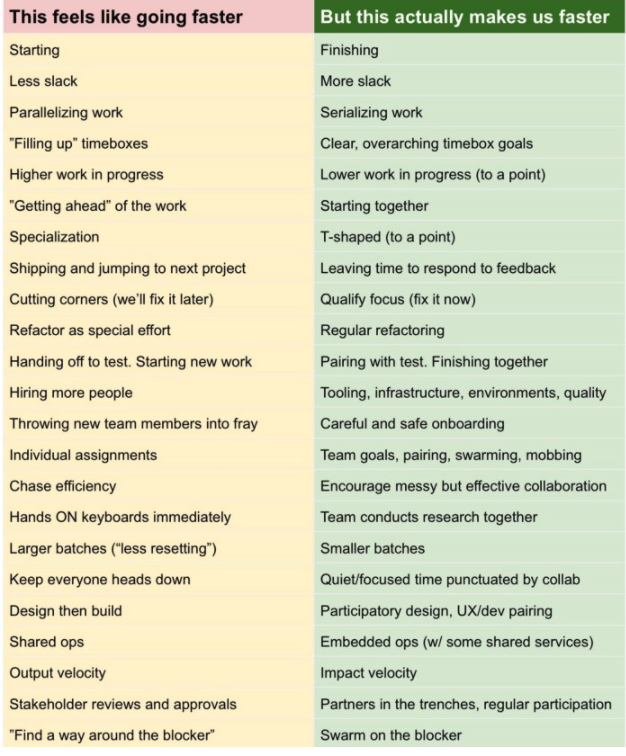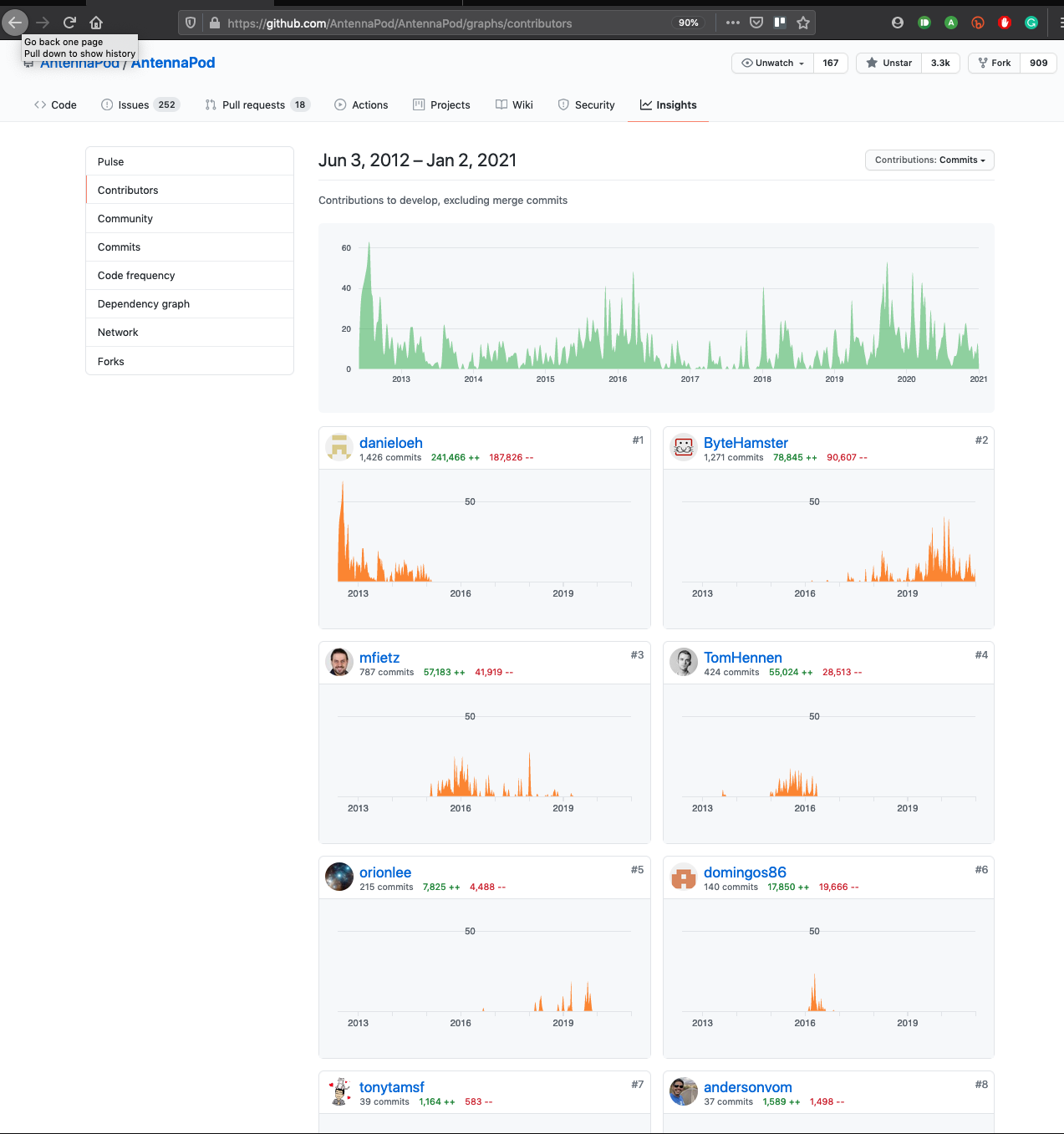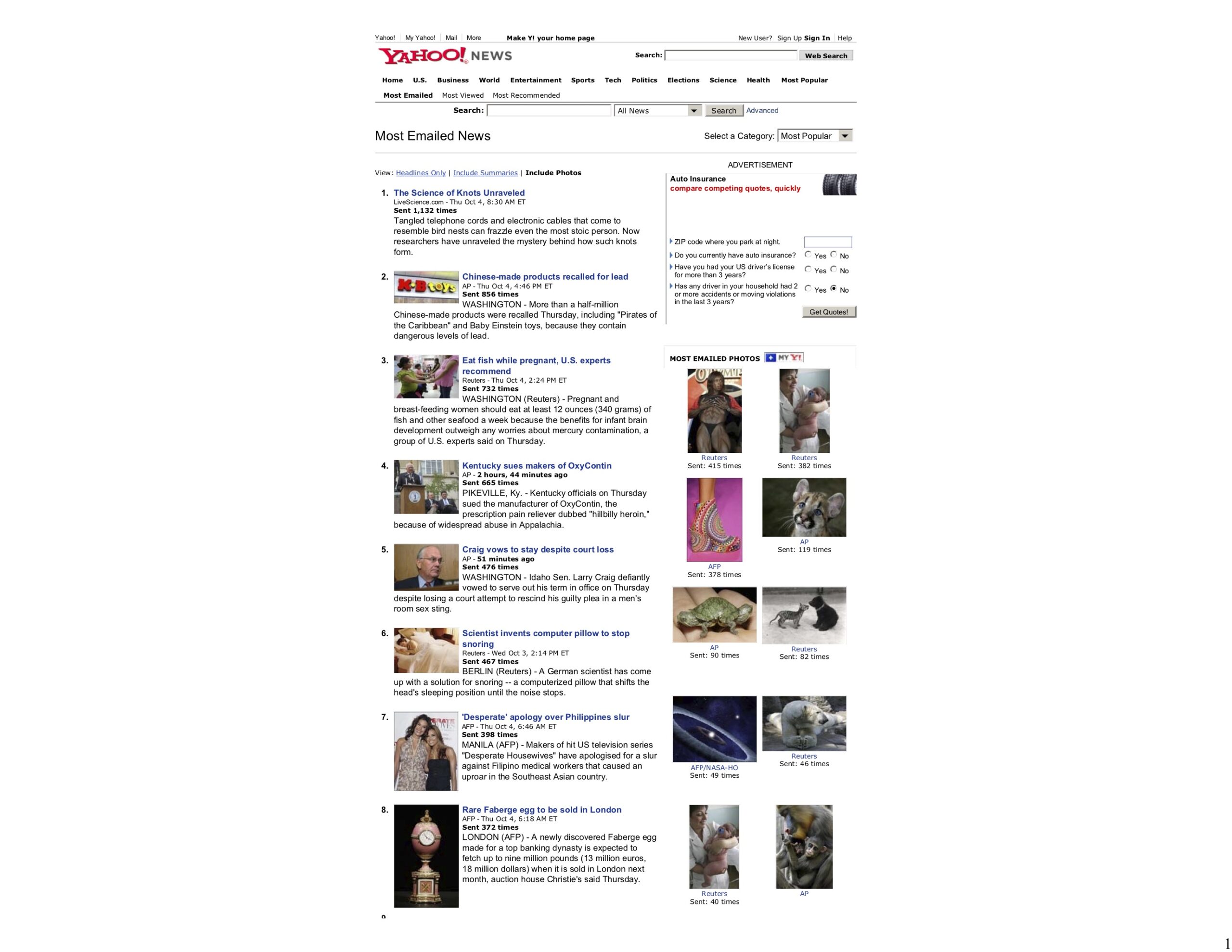Category: engineer
-
Thoughts on code generators?
I’m curious whether these tools that claim to auto generate code will be able to help those who don’t have CS background. My own anecdotal evidence after trying these tools. (FYI: I have 25 years of software engineering experience). My hot take is that these tools will make engineers ~30% more productive and it will…
-

Actually making us go faster with greater impact
Sharing a post here https://medium.com/hackernoon/feels-like-faster-vs-makes-us-faster-828686facc7e
-
link: Tracy Chou : Inside the life of a tech activist: abuse, gaslighting, but ultimately optimism – Fast Company
Very inspiring profile of Tracy Chou’s journey to build Block Party tool to combat online harassment. https://www.fastcompany.com/90686948/inside-the-life-of-a-tech-activist-abuse-gaslighting-but-ultimately-optimism
-

Computer Programming is art, don’t overplan it
I’ve argued that building software is much more of an Art than Science. The teams who follow the agile manifesto strictly over plan this artistic endevor of birthing software from nothing with T-shirt sizing, rule of thumb and or fibonacci numbers in 2 week increments of a sprint. What I’ve observed in the real world…
-

link: Protecting a tech company’s most valuable resource
See this post from Casey Newton’s Platformer newsletter about Twitch engineers leaking the entire source code. I wonder if there any effective way to prevent this from happening?
-

Unknown Unknown problems
We don’t even know this problem exist. How do we know it is even needed? How do we get to a better state with these unknown unknown problems? My co-worker Michael L. wrote an internal page about how he thrives on these type of Unknown Unknowns problems. I’m reminded recently that I get a lot…
-

2021 What should be in your toolbox as an engineer
If you want to be an effective engineer in our industry, get ready be good at the following Basics 0 – This is the basic toolbox as an engineer Be proficient in your favorite IDE (Visual Studio Code seems to be the most popular right now) – my personal favorite is still VIM. git –…
-

Link: It’s Time For Unions In Tech
For far too long, contractors, people of color, H1B visa holders are treated as second class workers with no way to speak out as a collective.
-

2021 Goal – Getting to top 6 contributors to AntennaPod app
I’ve had 39 submissions to my favorite Podcast App – AntennaPod in 2020. Which makes me #7 on the contributor list. That was a good learning journey for me. For the next leveling up to be #6, 140 of my submissions would have to be accepted. That would take 2.5 years given my current rate…
-

When engineers cared about the content and product
20 years ago, while I was the lead engineer for Yahoo News, I was asked to build a very basic feature to allow users to send news articles via a simple email link. That feature was simple: let users click on a link to send the news article with the URL, title and a brief…